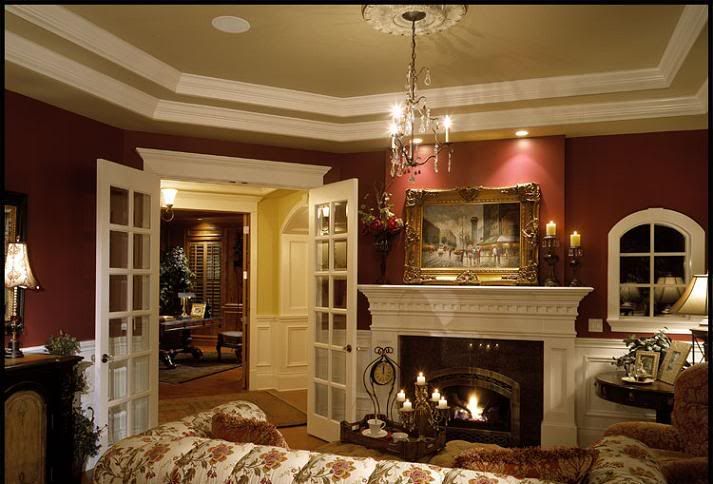Illustration: George Washington Jack. Embroidered panel, 1890
George Washington Jack is the patriotically named Scottish American designer who spent much of his professional career in England. Jack trained as an architect and from 1882 became the chief assistant of Philip Webb, taking over sole responsibility for the company in 1900 when Webb retired.
Jack was largely responsible and best remembered for his prodigious amount of furniture design produced for, amongst others Morris & Co. Much of this work was produced during the 1880s when Jack became a convert to the English Arts & Crafts movement. This may well have been through his contact with William Morris, through Morris friendship with Webb and Jack's work for Morris & Co. However, Jack was no mere disciple of Morris, but in fact an independent and enthusiastic supporter of the movement which can be noted by his membership of such prestigious groups and associations as the Art Workers Guild for example.
Although trained as an architect and mostly remembered now for his furniture design work, Jack was also a designer of at least a certain amount of stained glass and textiles. As far as textiles are concerned, a particularly fine example is that of an embroidered panel produced in 1890. The example shown in this article is an excellent representation of what can be achieved through the medium of embroidery. Both the colours and composition are forceful, without appearing strident. There is a rich, though graphic quality to the work that places it very much as an example of the contemporary state of the decorative arts in England as it approached the final decade of the nineteenth century.
It is an example also of Arts & Crafts sensibilities, with the usual use of the abundant elements of the natural world. However, while much of the output of the English Arts & Crafts world was largely tempered by conservative values, along with the characteristic natural inclination towards understatement, Jack's embroidered panel is anything but. A certain element of the exuberant curving of the foliage could be seen as an indication of the inroads being made by the European Art Nouveau movement, and it must be remembered that this piece does date from 1890. However, although elements pertaining to Art Nouveau could be seen in the composition of this piece, it does not necessarily mean that that is what they are.
Art Nouveau struggled to make any headway in England, 1890 being still relatively early for an all out assault by a designer on the English market. This does mean that there was no evidence of the new European movement in England at the time, but is unlikely that a man as steeped in the philosophy of Morris, Webb and the Arts & Crafts movement would have seen the potential of Art Nouveau, when most saw it as a mere fashion fad that had no depth or substance. Most English and in fact British critics saw Art Nouveau as a European, but mostly French folly that would be replaced rapidly by an equally trivial folly. That Art Nouveau made such a fundamental and fairly universal impact on the decorative arts of not only Europe but also that of North America, and was to lead directly into the even more universal and all-pervading Art Deco style, perhaps showed the lack of objective judgement made by the British in regards to that of Europe, but more particularly France.
It would be tempting to imagine that Jack had brought an element of exuberant and youthful vitality from the new world to that of a stuffy and overly traditional old one. It seems unlikely that this is the case as Jack himself was very much an integral part of the English Arts & Crafts movement and of its traditional English philosophy, though it can perhaps not be ruled out entirely.
In the case of Jack's embroidered panel of 1890, it seems more a matter of exuberant detailing on the theme of the English Arts & Crafts mould, but perhaps more specifically of that of Morris. Notably, some of the central foliage seems reminiscent of a Morris design style, particularly some of his more Indian inspired textile work. The embroidered panel also seems similar in some respects to that of a furniture inlay. This perhaps should not be so surprising considering Jacks history of both furniture design and his woodcarving ability. However, whatever the reasoning or origins of the design piece, it is still a fine example of English embroidery work of the late nineteenth century, and should be taken as such.
Reference links:
The Arts and Crafts MovementArts and Crafts Movement (World of Art)
The Arts and Crafts Movement in Europe and America: Design for the Modern World 1880-1920
Textiles of the Arts and Crafts Movement
The Arts & Crafts Companion
Arts & Crafts Design



















No comments:
Post a Comment